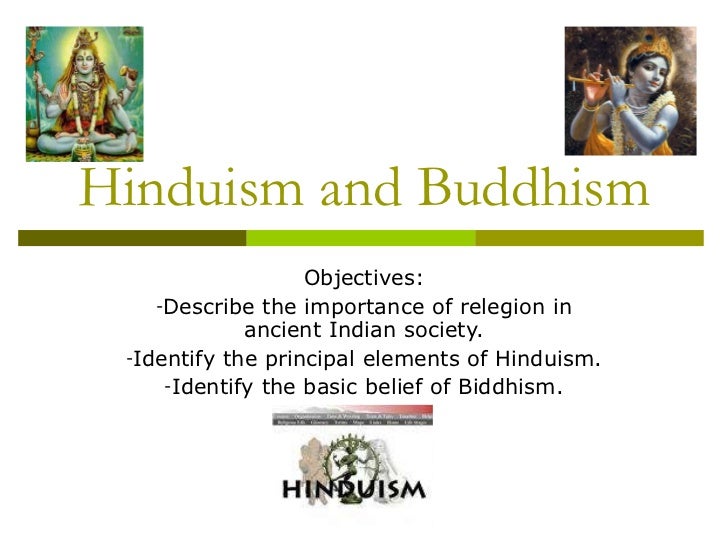Budda Dn Slajd
Logic pro x keyboard shortcuts pdf free. • • • Gautama Buddha (c. 483/400 BCE), also known as Siddhārtha Gautama (सिद्धार्थ गौतम) in or Siddhattha Gotama (शिद्धत्थ गोतम) in, Shakyamuni (i.e. 'Sage of the ') Buddha, or simply the Buddha, after the title of, was a (),,, and on whose teachings was founded.
Gautama Buddha (c. 483/400 BCE), also known as Siddhārtha Gautama (सिद्धार्थ गौतम) in Sanskrit or Siddhattha Gotama (शिद्धत्थ गोतम) in Pali, Shakyamuni (i.e. 'Sage of the Shakyas') Buddha, or simply the Buddha, after the title of Buddha, was a monk (), mendicant, sage, philosopher and teacher on whose teachings Buddhism was founded.
He is believed to have lived and taught mostly in the northeastern part of sometime between the 6th and 4th centuries. Gautama taught a between sensual indulgence and the severe asceticism found in the movement common in his region. He later taught throughout other regions of eastern India such as. Gautama is the primary figure in Buddhism. He is believed by Buddhists to be an teacher who attained full and shared his insights to help end rebirth.
Accounts of his life, discourses and rules are believed by Buddhists to have been summarised after his death and memorized by his followers. Various collections of teachings attributed to him were passed down by and about 400 years later. Contents • • • • • • • • • • • • • • • • • • • • • • • • • • • • • • • • Historical Siddhārtha Gautama Scholars are hesitant to make unqualified claims about the historical facts of the Buddha's life. Most people accept that the Buddha lived, taught, and founded a monastic order during the era during the reign of ( c. 491 BCE, or c.
400 BCE), the ruler of the empire, and died during the early years of the reign of, who was the successor of Bimbisara, thus making him a younger contemporary of, the Jain. While the general sequence of 'birth, maturity, renunciation, search, awakening and liberation, teaching, death' is widely accepted, there is less consensus on the veracity of many details contained in traditional biographies. The times of Gautama's birth and death are uncertain. Most historians in the early 20th century dated his lifetime as c.

563 BCE to 483 BCE. More recently his death is dated later, between 411 and 400 BCE, while at a symposium on this question held in 1988, the majority of those who presented definite opinions gave dates within 20 years either side of 400 BCE for the Buddha's death.
These alternative chronologies, however, have not been accepted by all historians. Historical context. The words ' (𑀩𑀼𑀥, the ) and '- ' (, 'Sage of the ') in, on 's (circa 250 BCE). No written records about Gautama were found from his lifetime or from the one or two centuries thereafter.
In the middle of the 3rd century BCE, several (reigned c. 269–232 BCE) mention the Buddha, and particularly 's commemorates the Emperor's pilgrimage to as the Buddha's birthplace. Another one of his edicts () mentions the titles of several texts, establishing the existence of a written Buddhist tradition at least by the time of the.
These texts may be the precursor of the. The first known anthropomorphic representation of the Buddha, here surrounded by (left) and (right)., mid-1st century CE,. Biographical sources The sources for the life of Siddhārtha Gautama are a variety of different, and sometimes conflicting, traditional biographies. These include the,,, and the Nidānakathā.

Of these, the Buddhacarita is the earliest full biography, an epic poem written by the poet in the first century CE. The Lalitavistara Sūtra is the next oldest biography, a / biography dating to the 3rd century CE.